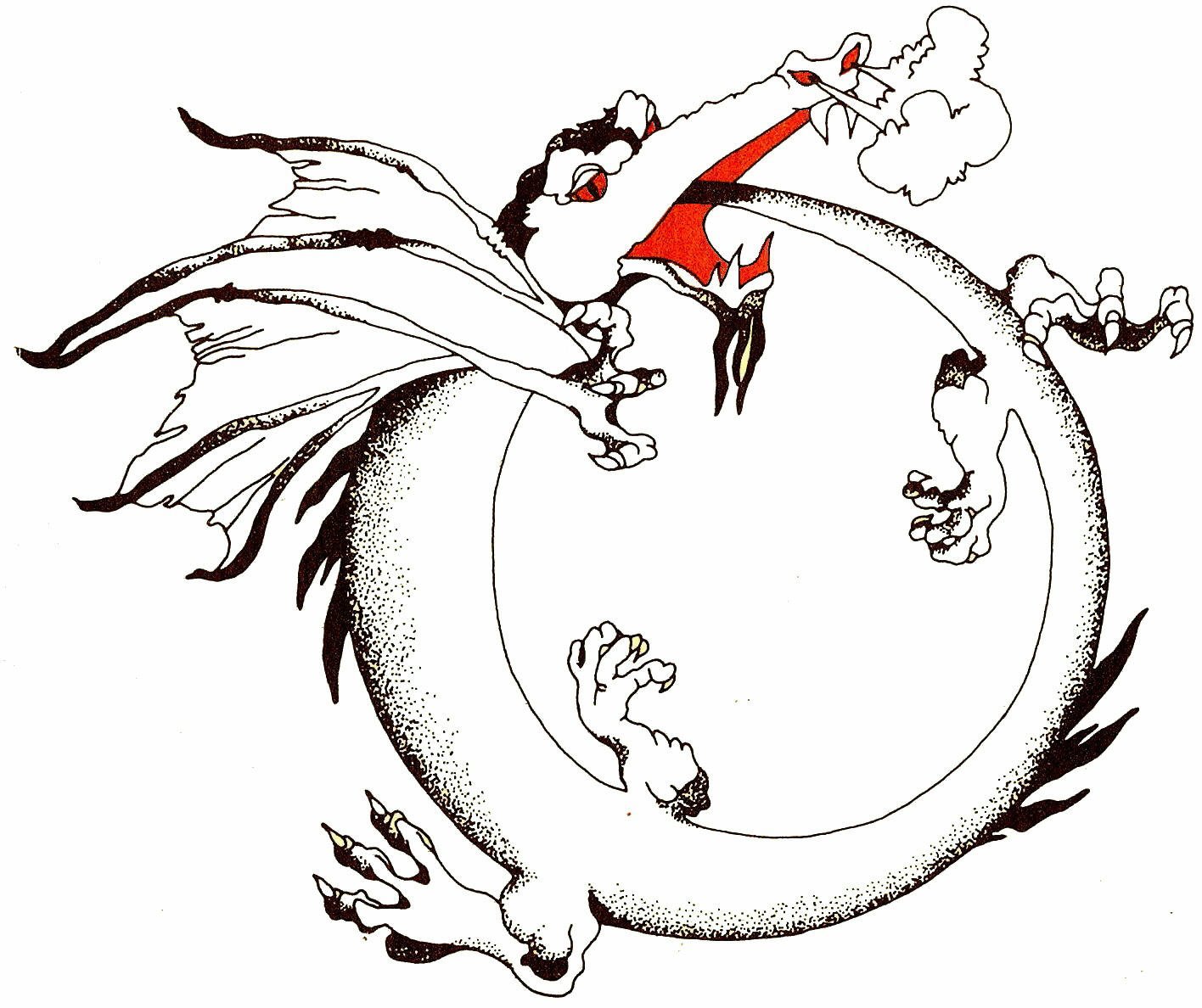Most of the writings (except for Parasites Lost) revolve around the work I have done with Zero Waste. In the 1980's I ran the company I founded called Zero Waste Systems Inc. We reused all of the chemicals we could find that were unwanted because they had been used, or were not going to be used. We took in hundreds of tons and millions of dollars worth of chemicals and found new homes for them. Some were dangerous, some were common, some were quite valuable. The managers and engineers who gave us those chemicals had no idea what to do with them (except bury them). We did!
The recyclers of that time thought we were a strange breed of recycler, one who worked with materials that no one else would touch. We were unsure ourselves where we fitted into the popular environmental movement. But I am a scientist. I try always to penetrate to the heart of a problem, not remain focused on the superficial externals. I soon realized that recycling, as a concept, could not possible succeed. Products were being made - designed - to purposely fall apart after a short life and go straight into a garbage can, a dumpster, a dump. It was necessary for all industrial products to be redesigned for reuse. Only then could perpetual reuse be implemented. So I fell out of favor with the recyclers, but I arrived at a much more fundamental resolution - the need for new designs.
In order to make a difference in the torrent of waste that pours out of industry, to eliminate that wasting, to clean up our planet, it is necessary to change designs. In order to change designs, we must do the research to find new designs. We must find the hidden levers of new designs and teach them to designers. Sometimes a simple change is obvious. Sometimes that is true, but the simple change is clearly just an early stage of redesign. Sometimes the changes are hidden from view and will only occur to us when we do the work of research, to find them. This is the way to solve waste issues.
Recycling is a method of destruction. Goods are shattered, smashed into pieces and a tiny fraction of glass, steel, aluminum, copper or etc. is retrieved. This is not effective reuse. The bare materials are not of much value. The only element of real value is the function of the product. The new designs must find ways to reuse the function, not the materials.
Turning a few products into art is nice but not valuable. Turning off water while brushing your teeth does not add up. Donating to a thrift shop is not reusing more than a tiny fraction of what is rushing toward you. Recycling is useless. The only way to have a major effect is to design for reuse, and then put in the societal changes need to back up those new designs.
That, in a nutshell, is Zero Waste Theory. Read about it here.


Comments ()